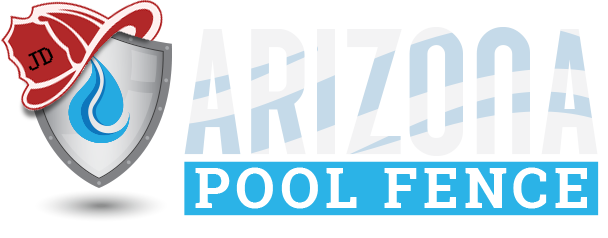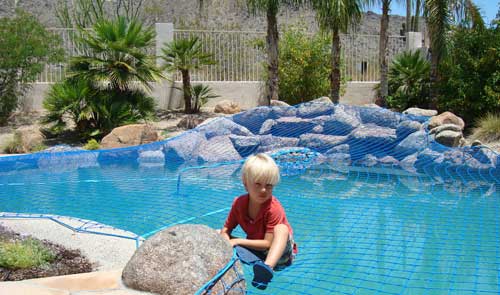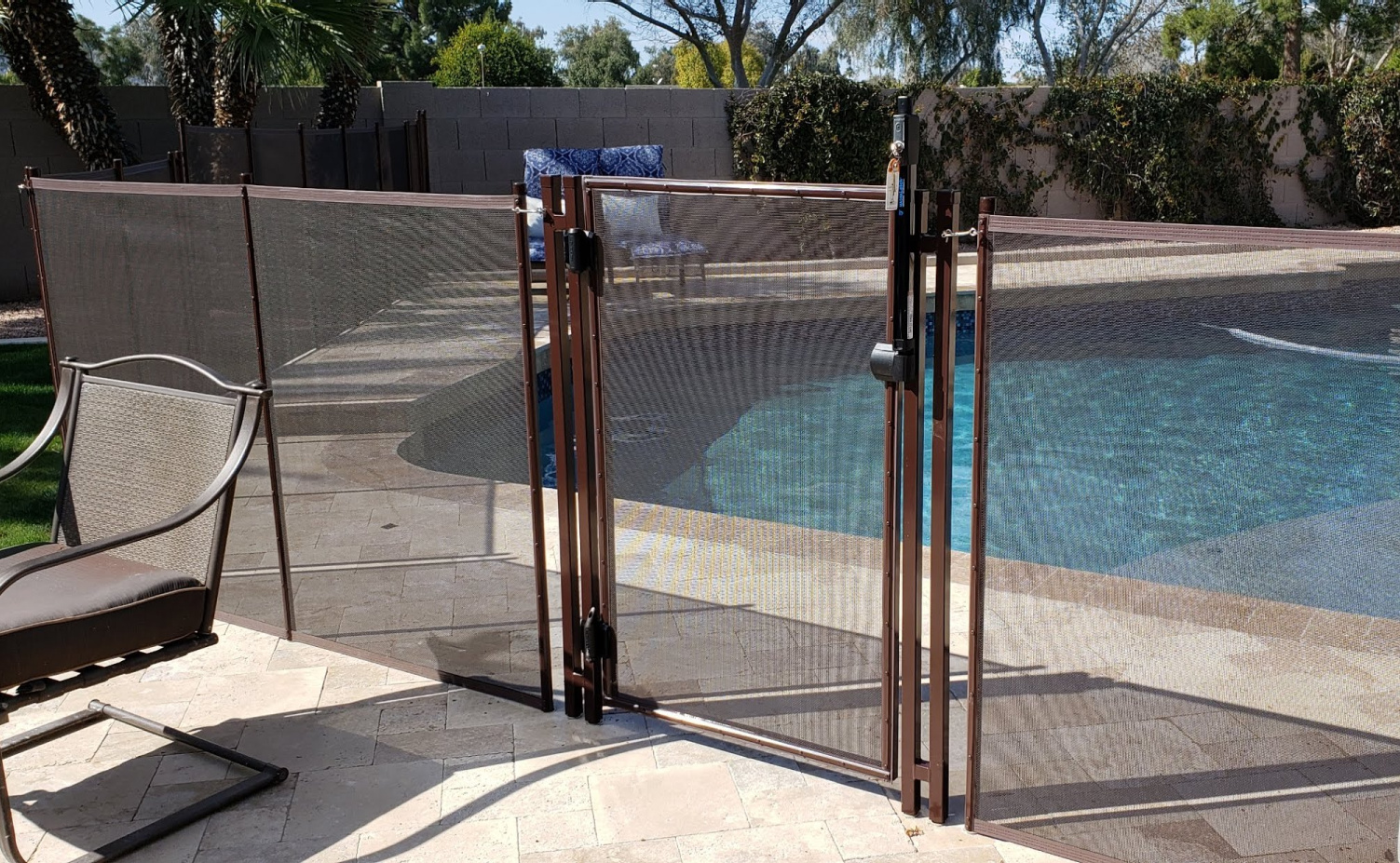We install the highest quality pool fences, pool covers, and safety gates.
Arizona Pool Fence
1513 W Hatcher Rd, Phoenix, AZ 85021
Did you know that pool safety incidents happen just as frequently in the winter as they do in the summer months? Unfortunately, serious tragedies can occur year-round. That’s why it’s important to pay attention to safety regardless of the season.
At AZ Pool Fence, we know that when it comes to winter, any pool, spa or body of water can still pose danger. Find here our roundup of advice to maintain vigilance and have a safe environment even in the offseason.
Toddler Years Pose Highest Risk
As naturally curious individuals, toddlers aged one to four are eager to explore their surroundings and engage with whatever they find. Pools and water in particular are shiny and alluring. Not to mention that water splashes make fun sounds and can enable things to float. This age group is at the greatest risk of drowning, so it is imperative to protect them from water hazards year round.
Did you know that drowning can occur in as little as an inch or two of water? After birth defects, drowning is the number one cause of deaths for children in this age group.
The Biggest Threat
When it comes to drownings, the biggest threat to families is unsupervised access to water. Be it swimming pools, a hot tub or spa, a bathtub or standing water in the home, close to 70% of drownings occur during non-swim times.
Creating Safe Layers
To lower the risk of water-related injuries or drownings, the American Academy of Pediatrics recommends using multiple layers of protection and barriers to prevent children from accessing water unsupervised.
To create safe layers, the AAP recommends the following:
















